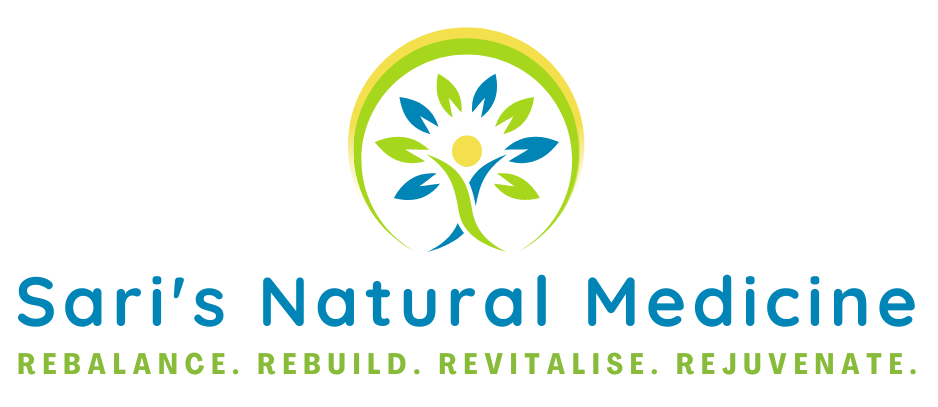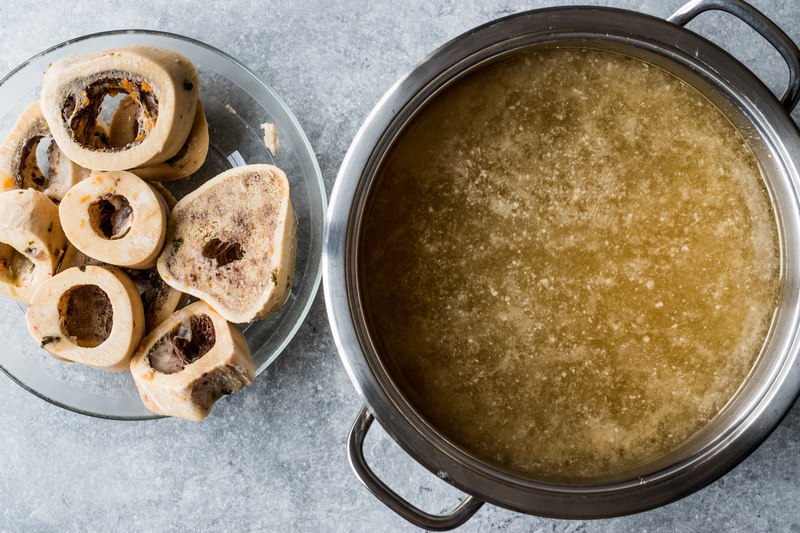Historically loved
The remedial effects of bone broth have been known for thousands of years. The Chinese used it for kidney and digestive health from at least 2,500 years ago and many cultures around the world have used it also. Bone broth is exceptionally good for you. It is great for healing and soothing the irritated or leaky gut mucosa, reduces inflammation and it boosts your immune system.
Healing nature
Mothers have been giving nourishing and healing chicken broth soup to their children forever as they all know it heals and sooths their ailing child. The curing effect of chicken soup against Respiratory Tract Infections has been found in research to be due to an increase in nasal mucus velocity, and its mild anti- inflammatory effects (Saketkhoo et al 1978 74(4):408-410). Bone broth is recommended for patients with autism and ADHD who undergo the GAPS diet with great results.
Nutrient rich
The bones, the marrow inside the bones, and the connective tissue are all full of nutrients which are extracted into the water when you make your bone broth. What is more, all these nutrients are easily digestible too. And it has been scientifically evaluated over a decade ago to confirm what all these cultures and peoples have already known. Bone broth is good!
There is lots of goodness you will get when consuming bone broth including:
- Collagen which turns into gelatine
- Glycine and proline (amino acids)
- Vitamins (A and K, and Bs)
- Glucosamine
- Chondroitin and
- Minerals (Calcium, Magnesium, Phosphorus, Iron, Selenium, Zinc, Manganese and Sulphur)
The benefits of consuming bone broth are many.
- Glycine has anti-inflammatory properties, supports the immune system, improves sleep
- B vitamins helps your body digest fats, carbohydrates and proteins, and produce energy.
- Gelatine, glucosamine and chondroitin support and protect and even rebuild your joints and bones.
- It heals and soothes any upper respiratory tract infections.
- Gelatine will also improve your skin, making is smoother, tighter and reduce cellulite.
Toxic metals
However, it is also important to consider the fact that animal bones are known to contain toxic heavy metals as well as minerals. In fact, calcium supplements are often made from bone meal, and some have been found to contain lead and cadmium too. People have wondered if consuming bone broth is detrimental due to the amounts of heavy metals that they are consuming along- side the minerals and other nutrients such as amino acids etc. We will look at this shortly.
So, we know how good it is for us, and what benefits it will bring. If you are going to the trouble to make your own bone broth, which I highly recommend, then it is worth going to the effort to make it in a way where you get the most out of your broth.
Research examined how to cook bone broth to get the most benefits
A relevant research study was conducted by Hsu et al (Food & Nutrition Research Journal Vol 61(1):1347-478) in 2017 on exactly how to make bone broth to get the most goodness out of it. These researchers examined the extraction of heavy metals and minerals from bone broths to ascertain the risk of consuming heavy metals versus the benefits of gaining minerals.
They used 3 types of bones- pig- rib and leg, and beef. They examined cooking time, acidity, bone type and animal species. The researchers simmered the bone broth for 12 hours. Samples were taken at intervals throughout the 12 hours and were analysed for calcium, magnesium, iron, zinc, copper, chromium, lead, cadmium and aluminium.
Acidification
The broths that had the addition of acid were found to have increased amount of all the metals extracted except for zinc and iron. The pH was reduced from 8.35 to 5.32 and in these broths, the calcium and magnesium extraction were significantly greater. Copper was also increased. However, increases for lead, chromium and aluminium were mostly not significant. Interestingly, acidification reduced the extraction of iron.
Cooking time
The broths that were cooked for longer than 8 hours were associated with significantly greater calcium and magnesium extraction. Overall, very low amounts of heavy metals were extracted- much less than the allowable daily amounts in foods.
Conclusion
Using different species of animal bones, and different bones from the same species yielded different amounts of nutrients. Reducing pH from 8.35 to 5.32 significantly increased the calcium and magnesium extraction and most other minerals. Longer cooking times (greater than 8 hours) extracted significantly higher amounts of calcium, magnesium and other minerals. There were minimal amount of heavy metals and these did not increase with acidification or longer cooking times.
So when you are making your bone broth, adhere to these important tips:
- Only use organic bones to drastically reduce the amounts of heavy metals in it
- Use chicken, lamb or beef bones
- Use different parts of the carcass to gain different minerals
- Add apple cider vinegar to reduce the pH
- Cook for at least 8 hours, the longer the better. I often leave mine on for a few days and just scoop out what I need when I need it straight from the slow cooker on the bench.
- Roast a leg of lamb or a chicken and then place the bones into your slow cooker.
- Save any chicken drumsticks, wings, lamb chop bones etc until you have enough in your freezer. Then pop them all in the slow cooker and away you go! I always save the corn cobs and left-over veggies to chuck in also. I never mix lamb with chicken for example, but keep the species separate.
- Enjoy the warm, nourishing and nurturing nature of your next mug of broth. Or enjoy the new richness of flavour of the next stew, casserole or soup you make with your very own bone broth added.
Make your own Bone Broth with this quick and easy guide
Bone broth is good. Enjoy!

